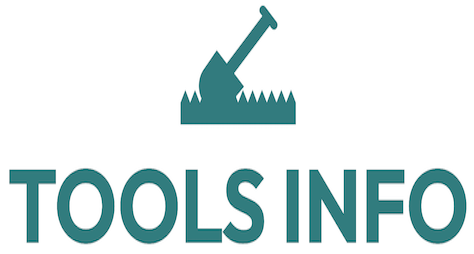Beginner Woodworking Tools: The Essential Starter Kit
Beginner woodworking tools are crucial for anyone looking to start woodworking with confidence and success. Having the right tools not only facilitates the learning process but also ensures safety and accuracy in your projects. This guide will introduce you to the fundamental tools every novice woodworker should have, their practical uses, and helpful tips to build your first toolkit effectively.
Understanding Beginner Woodworking Tools
Woodworking involves shaping, joining, and finishing wood to create furniture, decorative items, or simple repairs. The right tools enable precision, safety, and creativity. For beginners, focusing on essential, versatile tools prevents overwhelm and provides a solid foundation.
What Makes a Tool Essential for Beginners?
Essential tools are those that provide basic functionality, ease of use, and flexibility for multiple tasks. They typically include both hand tools and basic power tools, focusing on achieving common woodworking tasks such as measuring, cutting, shaping, and assembling.
Key Beginner Woodworking Tools and Their Uses
- Measuring and Marking Tools
- Tape Measure: Accurate measurements are fundamental; a reliable tape measure is indispensable.
- Combination Square: Helps mark straight lines and angles.
- Pencil or Marking Knife: For precise layout lines on wood surfaces.
- Cutting Tools
- Hand Saw: A versatile tool for cutting wood manually and learning control.
- Backsaw or Tenon Saw: Provides cleaner cuts for joinery work.
- Utility Knife: Useful for small trimming tasks and detailed cuts.
- Shaping and Smoothing Tools
- Block Plane: Helps smooth and shape edges with precision.
- Sanding Block or Electric Sander: Essential for finishing surfaces to a smooth texture.
- Assembly Tools
- Clamps: Holding pieces in place during glue-up or assembly is critical.
- Hammer: Basic tool for driving nails and light adjustments.
- Screwdrivers: Both flathead and Phillips types for fastening hardware.
- Safety Equipment
- Safety Glasses: Protect your eyes from dust and debris.
- Dust Mask: Essential for respiratory protection, especially when sanding.
- Ear Protection: Important when using power tools to prevent hearing damage.
Benefits of Having a Beginner Woodworking Tools Starter Kit
Building a starter kit offers multiple advantages for novice woodworkers:
- Cost Efficiency: Selecting essential tools ensures you invest wisely, avoiding unnecessary purchases.
- Skill Development: Basic tools encourage mastering fundamental techniques before advancing.
- Safety Assurance: Proper tools reduce risks, allowing safer woodworking experiences.
- Project Versatility: A well-chosen toolkit can handle various small to medium projects effectively.
Practical Tips for Choosing Beginner Woodworking Tools
- Quality Over Quantity: Prioritize durable tools that feel comfortable and reliable.
- Start Small: Gradually expand your toolkit based on the projects and skills you pursue.
- Learn Tool Functions: Understanding each tool’s purpose prevents misuse and promotes efficiency.
- Safety First: Never overlook protective gear; it’s as important as the tools themselves.
- Consider Ergonomics: Choose tools with good grip and balanced weight to prevent hand fatigue.
Pros and Cons of Beginner Woodworking Tools
Pros
- Affordable entry into woodworking.
- Encourages skill acquisition and confidence.
- Simplifies project preparation and execution.
Cons
- Limited to simpler tasks compared to professional-grade tools.
- May require upgrades as skills progress.
- Poorly chosen tools can cause frustration or safety risks.
Frequently Asked Questions (FAQ)
What are the absolute must-have tools for beginner woodworking?
The must-haves include a tape measure, hand saw, hammer, combination square, clamps, and safety equipment such as safety glasses and a dust mask.
Can I start woodworking without power tools?
Yes, many woodworking projects can be accomplished with hand tools alone, which also helps beginners better understand the craft.
How do I maintain my beginner woodworking tools?
Keep tools clean, sharpen blades regularly, store them in a dry place, and occasionally oil metal parts to prevent rust.
Are specialized tools necessary at the start?
Specialized tools are usually unnecessary initially; focus on versatile tools that cover fundamental woodworking tasks.
Conclusion
Beginner woodworking tools form the backbone of a successful start into woodworking. By selecting essential, high-quality tools and prioritizing safety and skill-building, novice woodworkers can tackle various projects effectively and with confidence. Remember to expand your toolkit gradually as your skills grow, ensuring that each addition serves a clear purpose in your creative journey.
Want to learn more? Click HERE to explore related guides.
